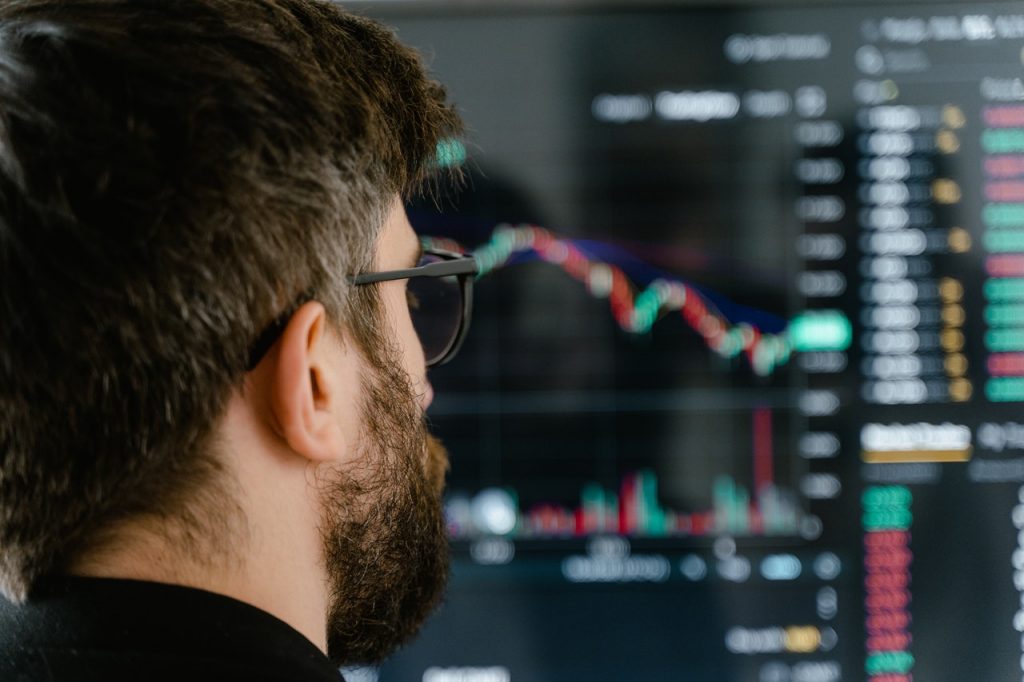We are observing more people move from the stock market and into the bond market in order to hopefully protect their assets and equity from any sudden drops, hedging their fears with safer methods of investment and favoring risk-aversive approaches.
However, what most analysts, retail traders, and veteran investors did not expect was the sheer weight and magnitude that which reflected on the stock markets, which leads many to question whether current circumstances are but an overreaction or just prudence in practice. And so, to hopefully shed light on the matter and bring forth some semblance of understanding, let’s go over both sides of the argument and help you navigate this waning economic confidence.
Pricing-In The Worst-Case Scenario
By principle, analysts and the greater stock market will always price in the worst-case scenario should anything occur because it’s far safer to expect the worst possible outcome than to hold for dear life on overly-optimistic forecasting. And, as a direct reflection of this conservatism, we’ve been hit by one of the most sudden drops in comparison to the recovery made in the past few months.
- Dow’s Sudden Shortfall: The Dow Jones index plays such an important role in understanding the movement of the market because it’s the most referenced U.S market index next to the S&P 500. And four days ago, we saw the Dow experience a sudden shortfall of 700 points, marking one of its worst days since the beginning of the global pandemic. And while it has recovered from this drastic bearish move, it has left many retail traders and investors in a worrisome state of what’s to come next.
- Fears Of The Delta Variant: Another factor behind waning economic confidence and sentiments toward a more bearish market are the fears of the Covid-19 delta variant causing chaos and potentially leading to another worldwide lockdown of an even greater degree. One of its most noteworthy and dangerous aspects is that the strain is far more transmissible than the previous, and with nearly 83% of the cases in the U.S. attributed to the variant, the fear is proportionally observed in the stock market as well.
- Risk Of Worsening Inflation: Yes, inflation is a natural process of a healthy economy, but the worsening inflation is eroding the purchasing power and value of the currency in an already turbulent era for the economy. And with no apparent signs of stopping or, at the very least, somewhat improving, the only thing keeping people the slightest bit optimistic are the stimulus packages. Therefore, unless a significant recovery is made, inflation fears will continue to grow over time.
However, It’s Not All Doom And Gloom

In contrast to all the bearish sentiment, the opposing end argues that much of the stock market’s current state is an overreaction and that not all of the circumstances paint doom and gloom for the future ahead. Likewise, there’s no denying that the bearish forecasts that have occurred reinforce the idea for uncertainty to warrant risk aversion, but we can’t also deny that some underlying factors say otherwise.
- Market Collapse Versus Correction: Firstly, we have to consider the fact that whether we are building up to the worst-case of a market collapse or rather the current bearish sentiments are but market corrections. And because most of the sudden drops have been met with subsequent rises breaking past previous highs, it supports the idea that all the moves are but correction at the price range and testing current levels of support.
- Accounting For The Delta Variant: Secondly, while the delta variant is no meager concern to scoff at, it’s not something that the stock market hasn’t already accounted for in the months that have passed. You can even date news going back to earlier April wherein the first cases showed up, and much of the risk it presented at the time until now has already been reflected in the stock market.
- Transitionary Inflation At Play: Lastly, with supply chains still at the mercy of the global pandemic and in the process of recovery, much of the worsening inflation at play right now can be categorized as transitionary. And as soon as supply chain resilience is restored in the global markets as a whole, everything will ease and return to normal conditions.
Diversification is Key to Safeguarding Your Capital
Nevertheless, despite both arguments providing solid evidence to support both clauses, we firmly believe that it’s safer to save ourselves from the headache of handling the risk. Therefore, we recommend diversifying amid these erratic market conditions, opening to the possibility of home loan options in real estate, surveying potential ICOs on cryptocurrencies, and holding some cash in a high-yield savings account.
The past few days have been nothing short of erratic for the stock market, and with the cloud of uncertainty still looming above every possible industry and supply chain, we are en route for more disruptive market movements in the near future. But this guide, we can all get through the challenges and emerge victorious. target=”_blank” rel=”noopener noreferrer”

